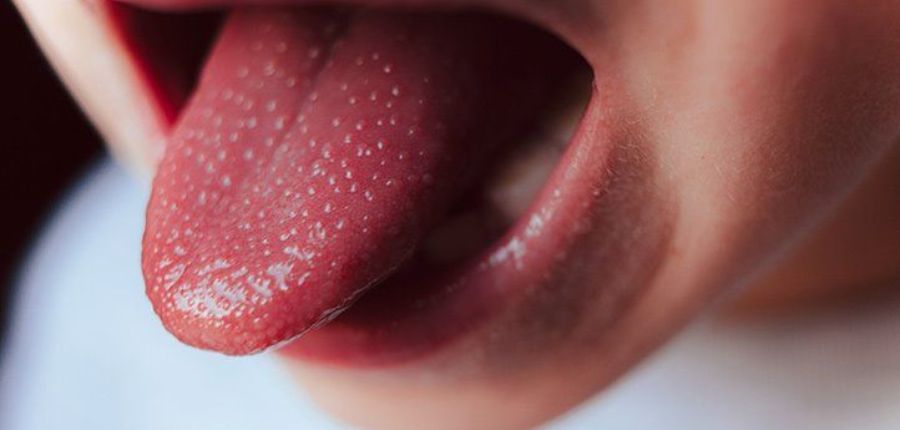Kawasaki disease is a rare but serious condition that primarily affects children under the age of five. It is characterized by inflammation of the blood vessels throughout the body and can cause a range of symptoms, including fever, rash, red eyes, swollen lymph nodes, and cracked lips or tongue.
Although the exact cause of Kawasaki disease is unknown, early diagnosis and treatment are essential for preventing serious health complications, such as coronary artery damage.
Symptoms:
The symptoms of Kawasaki disease can vary widely from child to child and may include:
- A high fever that lasts for at least five days
- A rash, often on the trunk and genitals
- Red eyes (conjunctivitis) that may be bloodshot or swollen
- Swollen lymph nodes in the neck
- Swelling of the hands and feet, often with redness and peeling of the skin
- Irritability and fussiness
- Abdominal pain, diarrhea, vomiting, or decreased appetite
- Red, cracked lips or tongue

Causes of Kawasaki Disease:
The cause of Kawasaki disease is not fully understood, but researchers believe that it may be triggered by an infection or exposure to certain toxins or chemicals. The disease is not contagious, and it is not hereditary or inherited.
One theory is that Kawasaki disease is an autoimmune disorder, where the immune system mistakenly attacks the body’s own tissues, causing inflammation and damage. The disease primarily affects young children, particularly those of Asian or Pacific Islander descent, and it is more common in boys than girls.
Diagnosis:
Diagnosing Kawasaki disease can be challenging, as there are no specific tests or markers for the disease. Healthcare providers often rely on a combination of clinical criteria and laboratory tests to make a diagnosis.
The American Heart Association has established a set of criteria for diagnosing Kawasaki disease, which includes fever lasting for more than five days, plus four out of five of the following symptoms: redness and swelling of the hands and feet, rash, swollen lymph nodes, conjunctivitis, and swollen, red tongue.
Blood tests may also be done to look for elevated levels of certain markers, such as C-reactive protein and erythrocyte sedimentation rate, which are associated with inflammation.
Treatment:
Medications:
The mainstay of treatment for Kawasaki disease is high-dose intravenous immunoglobulin (IVIG), a solution of antibodies that can help reduce inflammation and prevent coronary artery damage. Aspirin may also be given to help reduce fever and inflammation. In some cases, corticosteroids may be used to further reduce inflammation, particularly if the child does not respond to IVIG alone.
In some cases, children with Kawasaki disease may require additional treatment, such as anticoagulants to prevent blood clots or medication to manage other symptoms, such as joint pain or gastrointestinal symptoms.
- Intravenous immunoglobulin (IVIG): This medication is a mixture of antibodies that can help reduce inflammation and prevent damage to the coronary arteries. It is usually given as a single dose over several hours.
- Aspirin: This medication is used to reduce fever and inflammation, as well as prevent blood clots. However, aspirin should be used with caution in children, particularly those with viral infections, due to the risk of Reye’s syndrome, a rare but serious condition that affects the liver and brain.
Supportive Care:
- Monitoring: Children with Kawasaki disease require close monitoring to watch for signs of complications, particularly damage to the coronary arteries. This may involve regular echocardiograms and other imaging tests.
- Rest and hydration: Rest and hydration can help the body fight the infection and reduce fever and inflammation.
- Eye care: Conjunctivitis may be treated with eye drops or ointments.
Research:
Despite significant progress in understanding Kawasaki disease, much remains unknown about the underlying causes and mechanisms of the disease. Ongoing research is focused on identifying genetic and environmental factors that may contribute to the development of the condition, as well as exploring new treatment options and approaches.
One area of research is focused on identifying the specific triggers or pathogens that may be responsible for triggering Kawasaki disease. Several studies have suggested that the disease may be caused by an infection with a virus or bacteria, such as a strain of the coronavirus or a type of streptococcus bacteria. Other research has suggested that exposure to toxins or chemicals, such as pesticides or heavy metals, may also play a role in triggering the disease.
Other research efforts are exploring new treatment options and approaches to managing Kawasaki disease. For example, a recent clinical trial found that treatment with a combination of IVIG and steroids may be more effective at reducing inflammation and preventing coronary artery damage than IVIG alone.
Another study is investigating the use of a new drug called anakinra, which blocks a specific cytokine that is associated with inflammation and may play a role in Kawasaki disease.
Conclusion:
Kawasaki disease is a rare and complex condition that can cause significant health complications if left untreated. However, with early diagnosis and appropriate treatment, most children with Kawasaki disease make a full recovery and go on to lead healthy lives. Ongoing research and scientific studies are providing new insights into the underlying causes of the disease, as well as new therapies and approaches to managing the condition. If you suspect that your child may have Kawasaki disease, it is important to seek medical attention immediately and discuss treatment options with a healthcare provider.
RELATED ARTICLES:
